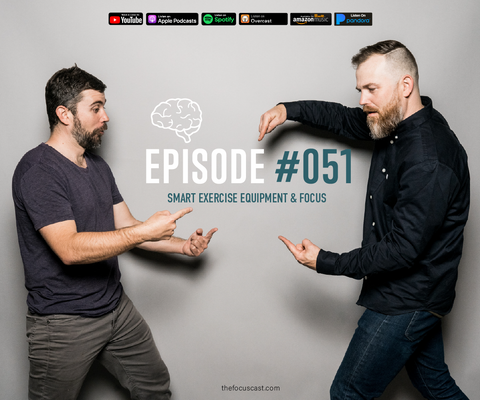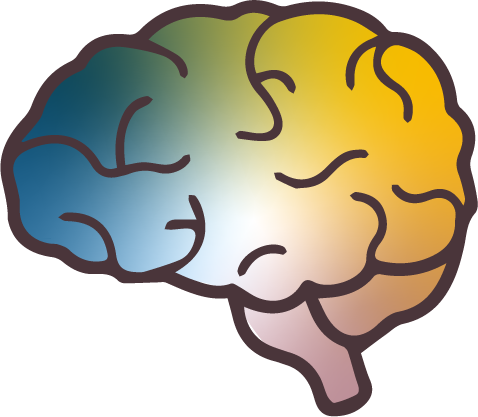
#51 Smart Exercise Equipment & Focus
Welcome to the FocusCast on this episode we’re talking about smart exercise equipment. What’s the point of all these machines with screens and paid subscriptions? Does tracking all this data even make us healthier? On this episode we discuss the pros and cons of smart exercise equipment and how it relates to focus in this bitch. Lets dig in…
00:00 Intro to Smart Exercise Equipment
00:28 Intro to Podcast
00:59 Problem: Lack of Exercise & Focus
09:42 Solution: Ways to Increase Exercise
LISTEN
WATCH
PROBLEM: Exercise is a critical component of focus, but we don’t exercise enough.
So we’re talking about smart exercise equipment and if they make sense for anyone or is it just a marketing ploy? Does tracking this data or having virtual trainers make us more likely to work out?
EXERCISE TO INCREASE FOCUS
CDC: Regular physical activity is one of the most important things you can do for your health. Being physically active can improve your brain health, help manage weight, reduce the risk of disease, strengthen bones and muscles, and improve your ability to do everyday activities.
WE DON'T EXERCISE ENOUGH…
Ncbi.nlm.nih.gov: only 1 in 5 adults in the US meets the CDC physical activity guidelines of 150 min of aerobic activity and 2 days of muscle strengthening activity per week
BUT WE THINK WE DO
WebMD Article: It’s very common to think you exercise or sleep
more than you do. And many people think they eat less than they do. When you wear a tracker or log data in an app, you see the facts. With that info, you can set a specific and personal goal.
SOLUTION: If Smart Technology helps you Exercise…
TRY SMART EXERCISE EQUIPMENT
Ncbi.nlm.nih.gov: It is unknown to what extent this technology leads to increases in activity levels over either the short or long term.
Ncbi.nlm.nih.gov Overall, fitness technology has the potential to significantly impact public health, research, and policies.
THE STUDY
Ncbi.nlm.nih.gov:
Goal for two groups: Increase steps over 3 months
Group One: use a pedometer to self-monitor and increase 5% weekly with a goal of 10K daily steps by the end of the program.
Group Two: was given educational materials about health and physical activity.
The intervention group showed a significant increase in steps at 3 months and significant decreases in BMI, body fat, and waist circumference. Importantly, these results remained significant 3 months after the completion of the intervention (38).
MEASURE WHAT MATTERS
“To get started, focus on one thing to track,” says Peter Alperin, MD, a San Francisco tech entrepreneur who does research on QS.
WebMD Article: It can be tempting to have a long list of stats you want to track. Keep it simple.
FIND A FRIEND
Ncbi.nlm.nih.gov: In addition to behavior change techniques that focus on the individual, it is also useful to examine the effects of social factors for increasing physical activity. Social factors such as social support or competition have been shown to increase engagement, adherence, and completion in physical activity interventions.
FIND A COACH.
Another important strategy for increasing physical activity is coaching. This entails receiving directions or instructions from a peer or a professional. Coaching is often used in interventions and fitness technology to motivate increases in physical activity
FIND SOME SMART EQUIPMENT
Peloton, Peloton Treadmill, The Mirror (trainer), Tonal (personal trainer with resistance equipment), NordicTrack RW900
Bryan’s Peloton Story
FIND US ON
https://thefocuscast.com
https://www.instagram.com/thefocuscast
https://www.tiktok.com/@thefocuscast
#focus #dream #selfactualization

Comments (0)
There are no comments for this article. Be the first one to leave a message!